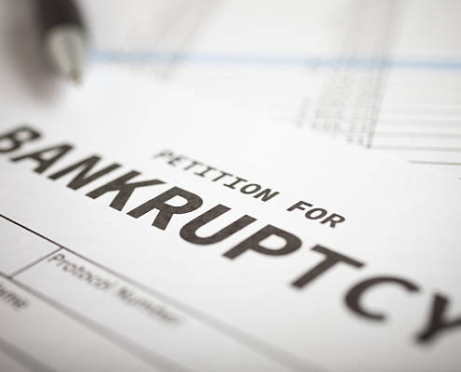
Investing in commodities is an important addition to a diversified portfolio. In addition to bringing desirable negative correlation to some other asset classes, commodities can serve as an inflation hedge; they provide a degree of protection against erosion of purchasing power during periods of high inflation.
And they’re not just for high rollers; any investor who wants a well-diversified portfolio and protection against the ravages of high inflation should consider investing in commodities.
What Commodities Are
A commodity is an agricultural product or raw material that can be sold in bulk on the market, and where one batch of the product is interchangeable with another of the same grade. Common commodities include cotton, wheat, beef, pork, gold, silver, oil, and gas.
These products are fungible: A barrel of oil is the same as another barrel of the same grade; it does not matter to the purchaser which they get, as long as it is of a particular grade. This is not the same for many other products, such as large screen TVs, where it matters very much to the purchaser which one they get, as they are not all equal.
Commodities are often the raw materials of production, the metals and other materials used by manufacturers that end up in the final products purchased by consumers. Many agricultural products are likewise not yet in a form typically purchased by consumers — and certainly not in the quantity appropriate for individual consumers.
There are financial products traded as commodities as well. Currencies in particular lend themselves to commodity trading as hedges against changes in value.
Price, Price, and Price
You make money through investing in commodities based on price appreciation. There are no dividends, no interest, no ongoing payments. There is simply the potential for a greater sales price than what you paid at the time of purchase, or else you would not buy it. Price is key.
Changes in price are largely driven by supply and demand.
Both sides of the supply and demand relationship are generally variable. An item can be in great demand and see an increase in price; likewise it can be in short supply and see an increase in price. Conversely, however, a decrease in demand or overabundance in supply can lead to a decrease in prices.
For example, an increase in the demand for gasoline as the result of more driving vacations can raise the demand for gasoline, putting upward pressure on price. Likewise, a shortage or curtailment in supply can exacerbate the problem, further driving up prices.
Some agricultural products are affected, from a supply standpoint, by weather conditions, which can be either favorable or unfavorable for production. Demand may be driven seasonally and by consumer taste.
The Inflation Connection
Commodities pricing changes rapidly; they can be volatile investments. Inflation is a factor that affects prices immediately.
Inflation erodes the purchasing power of currency, and commodity prices change rapidly to reflect the decreased purchasing power. The prices of these raw materials and other goods tend to react very quickly to inflationary pressure, adjusting prices to keep pace with inflationary trends.
Reacting to inflationary pressure does not provide a return in real terms; instead, it prevents or reduces erosion of purchasing power. Assets that are not commodities may follow inflationary trends, but tend to lag and do not provide as direct of a protection against inflationary pressures. Other investments, such as some bonds, may perform poorly during periods of higher inflation.
Long-term investors are generally seeking to grow their investments in real terms, meaning growth of purchasing power, where your investment portfolio will be able to purchase more in the future than it can today. That is, after all, the primary reason to invest: to improve your future purchasing power.
To grow purchasing power your investments have to outpace inflation. This may not be challenging for a diversified investor during periods of low inflation, but may be far more difficult during inflationary periods. Investing in commodities can diversify your portfolio into additional asset classes while also providing a risk-reducing hedge against inflation.
Investing in Commodities
There are multiple ways investors can get into commodities. Some may make more sense than others.
Commodities are traded on exchanges. They are typically traded as futures contracts, an agreement for the purchase and sale of a commodity at a set price on a specific future date.
Though there is potential to make money, there is also the possibility of your contract becoming worthless.
For many investors purchasing a commodities index fund or another commodity fund, either an exchange-traded fund (ETF) or a mutual fund, may make more sense. There is a large selection of funds available, which allows most investors to meet their needs without putting all of their invested capital at risk in a single contract.
Investing in commodities is more volatile — and therefore has greater risk — than investing in stocks or many other investments. Though it often makes financial sense to include commodities in a diversified portfolio, it also makes sense to do so in moderation.
The Bottom Line on Investing in Commodities
Investing in commodities can add additional diversification and provide a valuable hedge against inflation. Though commodities can have greater risk than many other asset types, the risk is manageable and the benefits of having commodities may be realized even in smaller portfolio allocations.
Commodities are not for everyone, but many portfolio or asset allocation tools will include them if not excluded by the user. The models include them because they enhance the portfolio’s expected performance, either by reducing overall volatility or by improving returns, especially during inflationary periods.
Sometimes we should consider those things that have been proven to work over time, investing in our understanding to make sure we know what to expect, and trusting in some of the wisdom garnered by those who have traveled the road before us.








